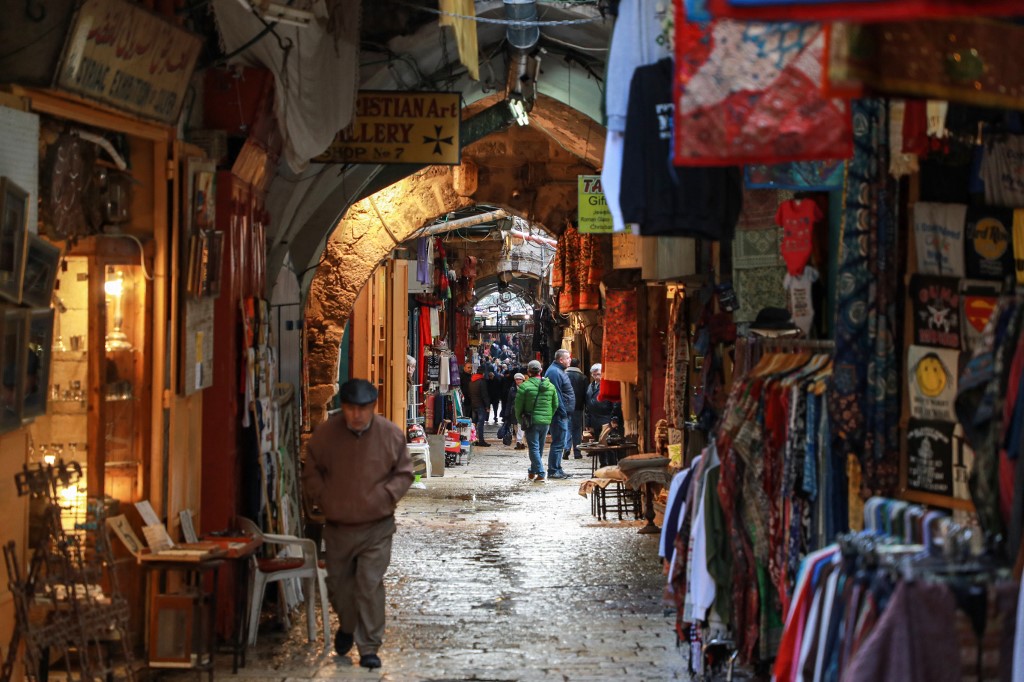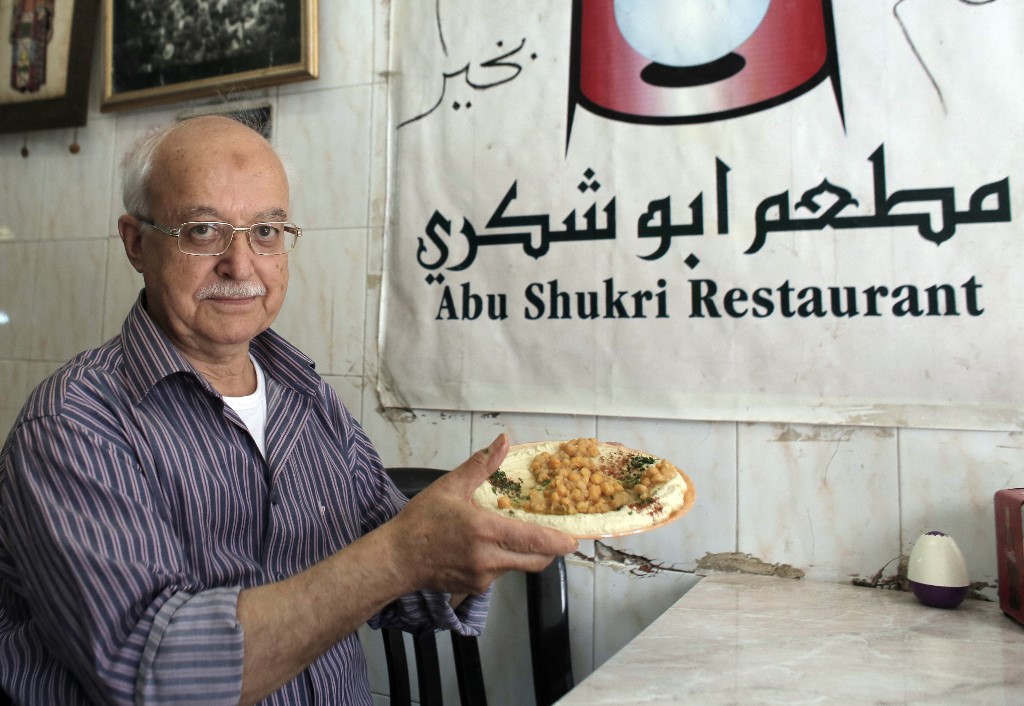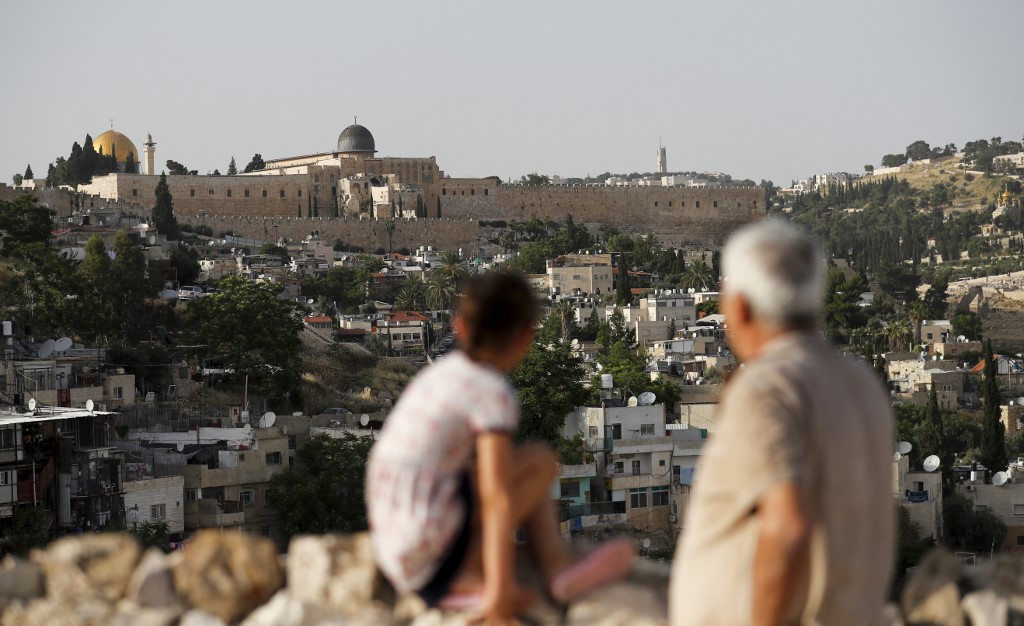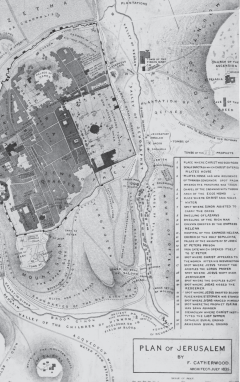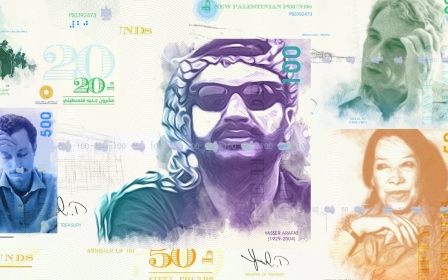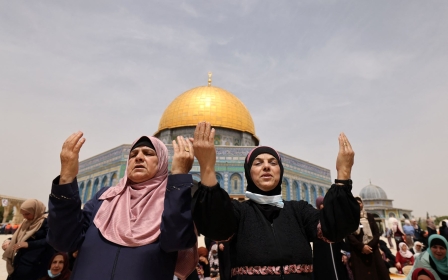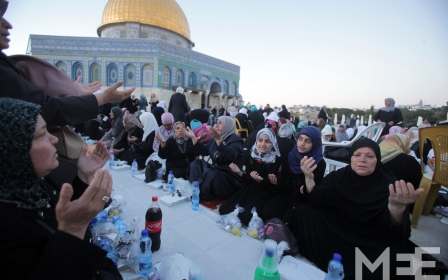The Nine Quarters of Jerusalem: Colonial constructs and the hidden stories of the Old City
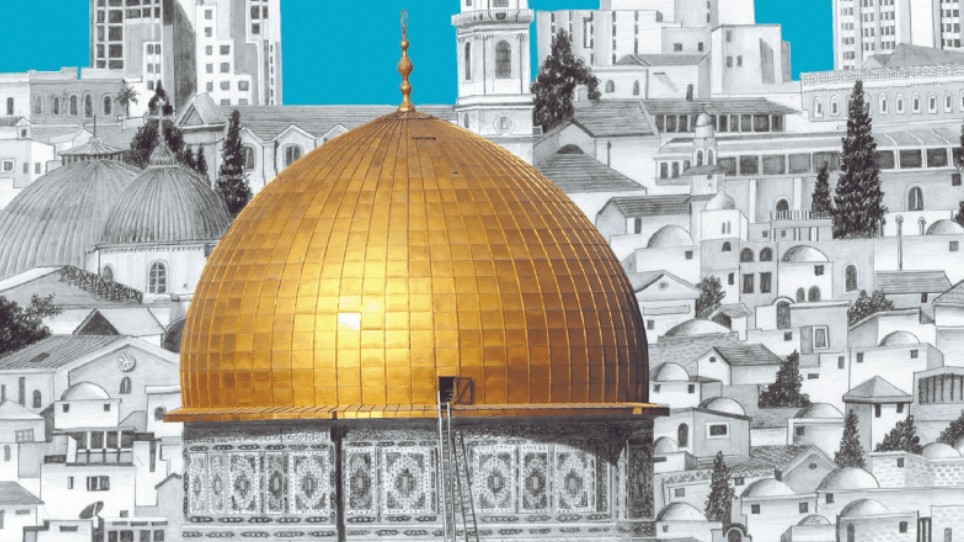
The division of the Old City of Jerusalem into Muslim, Jewish, Christian, and Armenian quarters has become a fact on the ground that is reproduced in every map and passed on to millions of visitors each year.
But the quarters are a relatively recent colonial construct that bore little resemblance to the landscape they described when they were invented by a British cleric in 1849.
The first map to feature them was printed in Reverend George Williams’ The Holy City, Matthew Teller reveals in his new book The Nine Quarters of Jerusalem. The quarters have been a fixture ever since.
'Britain set a template for oppression that became more severe under Israeli rule'
Only an outsider with limited understanding of the terrain could have produced such a map, the author asserts.
Demarcating a Muslim Quarter in what was then an overwhelmingly Muslim city made as much sense as a “Catholic Quarter of Rome,” he writes.
Muslims, Jews, Christians, and many other ethno-religious groups lived all over Jerusalem. Locals understood their city as a patchwork of diverse neighbourhoods.
The ignorance was not innocent. Williams’ map was published as the British were cementing their power in Palestine ahead of assuming formal control in 1920. Quartering served a divide-and-rule purpose, as well as guiding the work of missionaries seeking converts to Christianity.
The British would go further in imposing their vision of Jerusalem, inspired by Crusader mythology and curiously, the urban planning of Gloucestershire.
They demolished shops and cafes among the medieval walls to create a sanitised and segregated Old City.
Colonial architects introduced an exclusion zone around it and strict rules on construction within. Worse was to follow.
Oppression and mythology
Teller cites the quarters as the catalyst for the trauma and oppression residents of Jerusalem have endured ever since, establishing a “narrative based on division and exclusion.”
The quarters became a device for Britain and then Israel to stake territorial claims, and a model for the partition that tore the city and country apart.
Imperial ambitions and religious symbolism imposed upon Jerusalem have often weighed heavily upon those trying to live in the city over its 5,000-year history.
But Teller notes that there have also been periods of relatively peaceful coexistence, which contradict the cliche that the conflict is the inevitable result of “age-old hatred between religions".
There is nothing natural about how the Old City looks today, the author argues. Britain set a template for oppression that became more severe under Israeli rule. Neighbourhoods were destroyed and restrictions curtailed the ability of Palestinians to live, work, and travel within the walls. Barriers between quarters became a reality through heavy-handed policing and laws such as a ban on non-Jews owning property in the Jewish Quarter.
Teller aims to break down the boundaries and reveal the human complexity that has been neglected.
“Stories are the point of this book,” he writes, particularly of “Palestinian lives and voices that have too often been excluded.”
Nine Quarters serves as a riposte to the denial of Palestinian history, epitomised by Mark Twain’s line that Palestine was “a land without a people” (Teller dismisses Twain as a “comedian on tour”).
This telling of history spotlights the characters, communities, and institutions that have given the Old City a heartbeat underneath all the grandeur and mythology.
Street life
Teller, an atheist British travel writer, filmmaker, and former resident of East Jerusalem, situates his stories around the gates of the Old City in a meandering style that owes something to the Hakawati storytelling tradition.
He pays heed to the sensory experience from the cries of market traders, to the feeling of being buffeted by tourists, and the smell of fresh-cooked zaatar.
We meet the culinary institutions that fuel the crowds. Izhiman's Coffee, established in 1921, has since established branches across the West Bank and Jordan. Abu Shukri’s legendary hummus has inspired many imitators but has only one location, known for its rejection of menus.
Many traders face hardships through police crackdowns, permit difficulties, inadequate services, and the many challenges posed by occupation. Teller laments that Zalatimo’s restaurant, famous for its mutabbaq, was forced to close after 160 years.
The author meets with diverse communities that don’t fit into Reverend Williams’ map. The Domari - “Jerusalem’s gypsies” - are locked in a struggle to maintain their language and way of life while experiencing discrimination from both Israelis and Palestinians.
Karaite Jews, who kneel and press their heads to the floor while praying like Muslims, are not recognised as Jews by Israel’s religious authorities due to their novel interpretation of the Torah. Another group outside the mainstream of their faith, the Sufis, have maintained a presence in Jerusalem for centuries and established lodges across the city.
Teller emphasises the global roots that made Jerusalem the original melting pot. West African Muslims began to arrive after completing Hajj in the 15th century, and established a community close to al-Aqsa compound. “We consider ourselves Afro-Palestinians,” says Musa Qous, a journalist for Al-Quds newspaper with roots in Chad.
The Indian presence dates back even further, as embodied by the 800-year-old Indian hospice, which survived bombing in the 1967 war.
Sacred spaces and local legends
Nine Quarters tells the stories of Jerusalem’s major religious landmarks through dramatic anecdotes. Napoleon once sent a spy disguised as a Muslim into al-Aqsa, who produced the first measured drawings of the compound.
A dispute between the Russian Orthodox and Roman Catholic churches over management of the Church of the Holy Sepulchre escalated into the Crimean War.
Teller also finds less famous institutions that are equally vital to their communities. Burj al Laqlaq Social Centre provides services to children where the Palestinian Authority cannot.
The world’s oldest soup kitchen has been serving free meals every day since 1552. The Razzouk Tattoo parlour has been the focal point of Coptic Christian culture since the 1300s, providing commemorations of pilgrimages.
But we also meet less heralded characters, who shaped the city in their own ways.
Tavit Ohannessian, an Armenian ceramic artist, created Jerusalem’s iconic street signs. Palestinian teacher and writer Khalil Sakakini’s influence lives on in the cultural centre that bears his name.
David Dorr was the first African-American known to have visited Jerusalem, having escaped from slavery, and wrote a unique diary of his travels.
Teller’s stories are informed by dogged detective work. He investigates the forgeries of Moses Wilhelm Shapira, who scandalised museums attempting to sell fake Dead Sea Scrolls, and probes the circumstances that led up to Israel’s demolition of a Maghrebi neighbourhood.
The author finds Sultan Suleiman innocent of executing two of his architects, reveals the "Stations of the Cross" as a man-made construct with no historical basis, and searches for the burial site of the Muslim saint Rabia.
The true stories are in many cases better than the legends, Teller suggests. Mythology has also been dangerous when it is given higher value than Jerusalem’s human residents, from the Crusader invasion of the 11th century to Israel’s excavations in search of Biblical history today.
While this is a book about stories, if there is a message, it is that Jerusalem has been a better place when its unique diversity is embraced rather than suppressed and divided, and all faiths can coexist for mutual enrichment.
Teller takes a lesson from Reverend Williams’ quarters that can be applied to many examples of British colonial legacies from India to Ireland, and hopes for a resolution of this conflict: “Partition is trauma.”
Nine Quarters of Jerusalem: A New Biography of the Old City is available now from Profile Books
Middle East Eye propose une couverture et une analyse indépendantes et incomparables du Moyen-Orient, de l’Afrique du Nord et d’autres régions du monde. Pour en savoir plus sur la reprise de ce contenu et les frais qui s’appliquent, veuillez remplir ce formulaire [en anglais]. Pour en savoir plus sur MEE, cliquez ici [en anglais].


